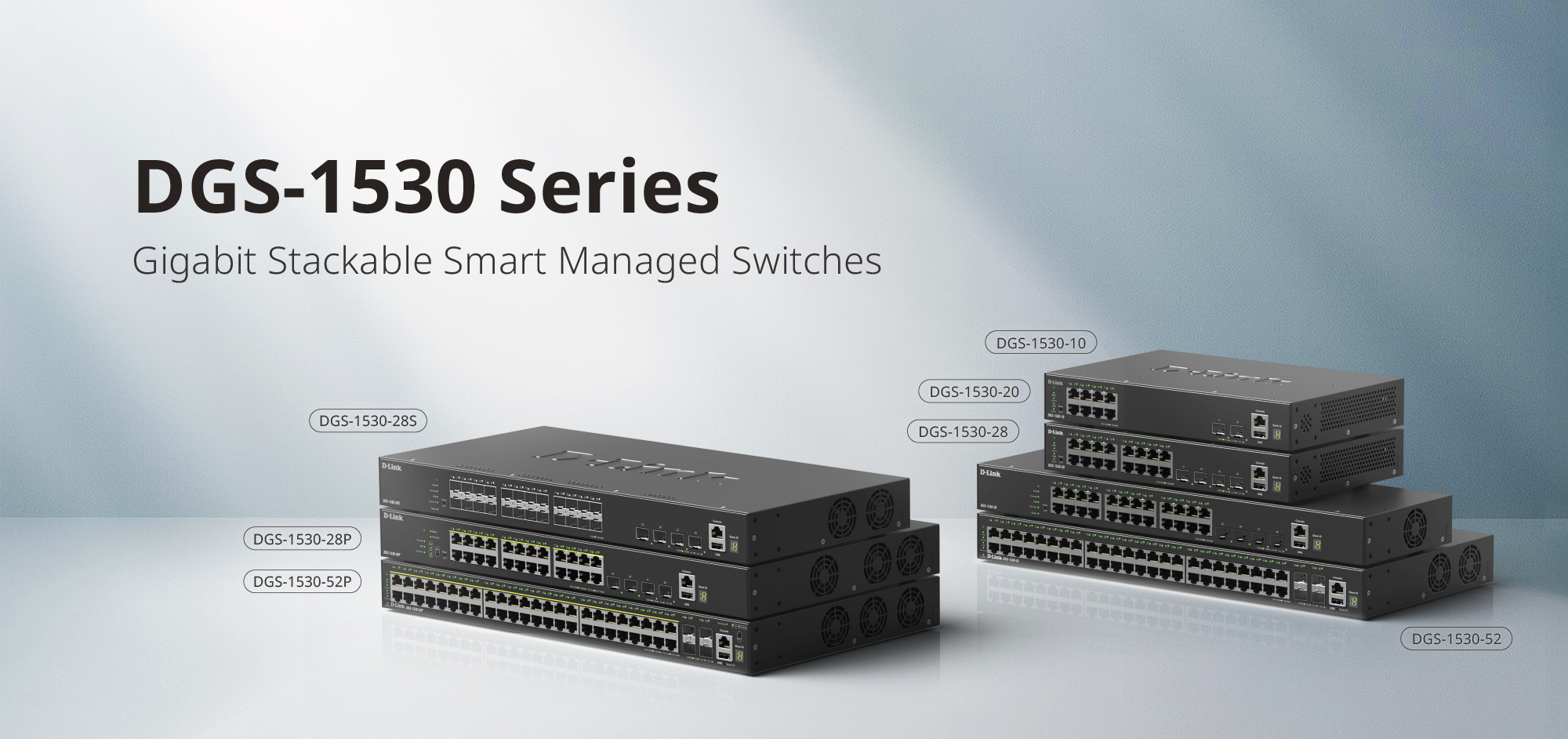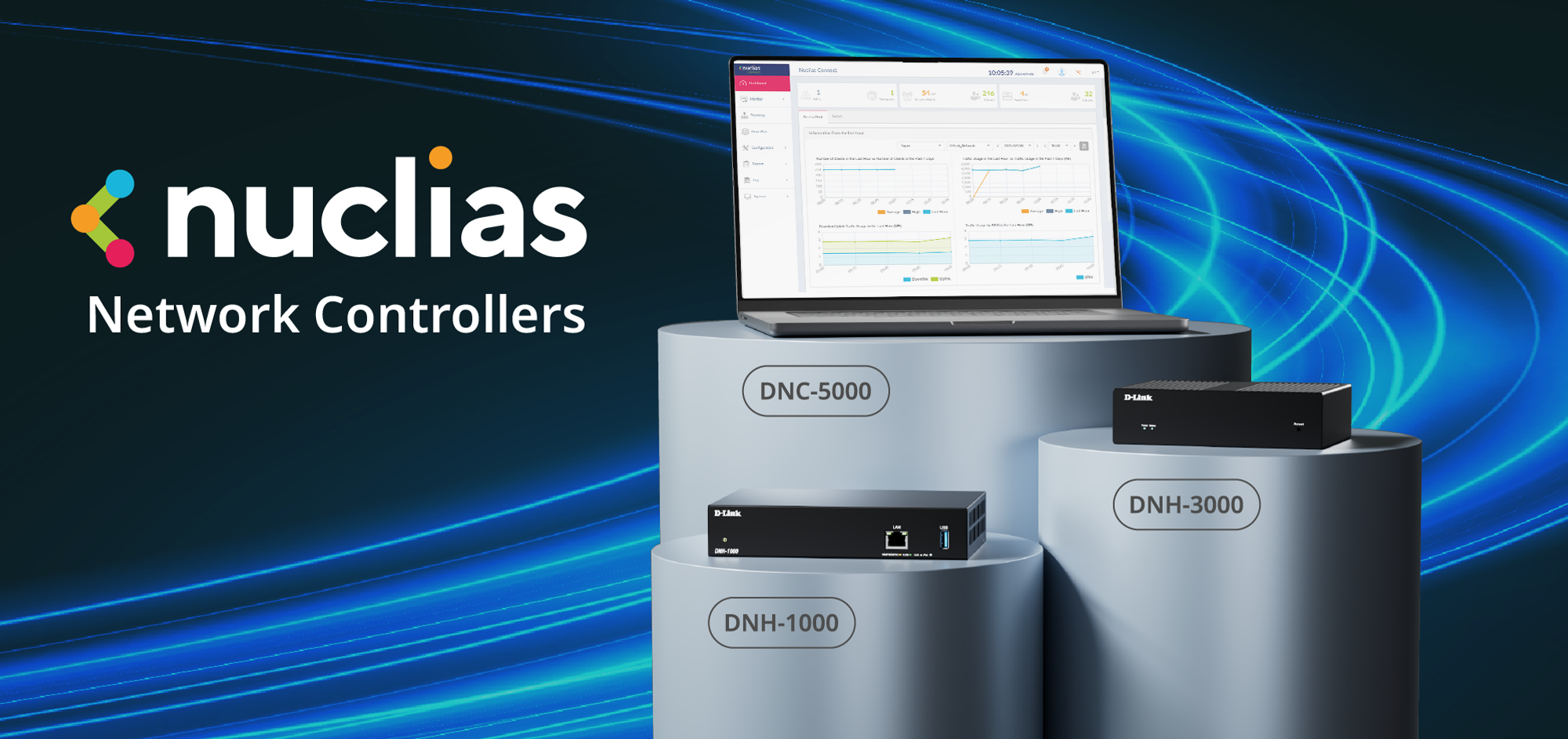News

D-Link Wins 2025 IoT Breakthrough Award
3 November, 2025

D-Link Launches DGS-1530 Series Smart Managed Switches
21 October, 2025

D-Link Unveils Nuclias Network Controllers
16 October, 2025
Wi-Fi 7
Essential Upgrade for Homes & Offices
Learn moreWi-Fi 6
 Get Your Next
Get Your Next